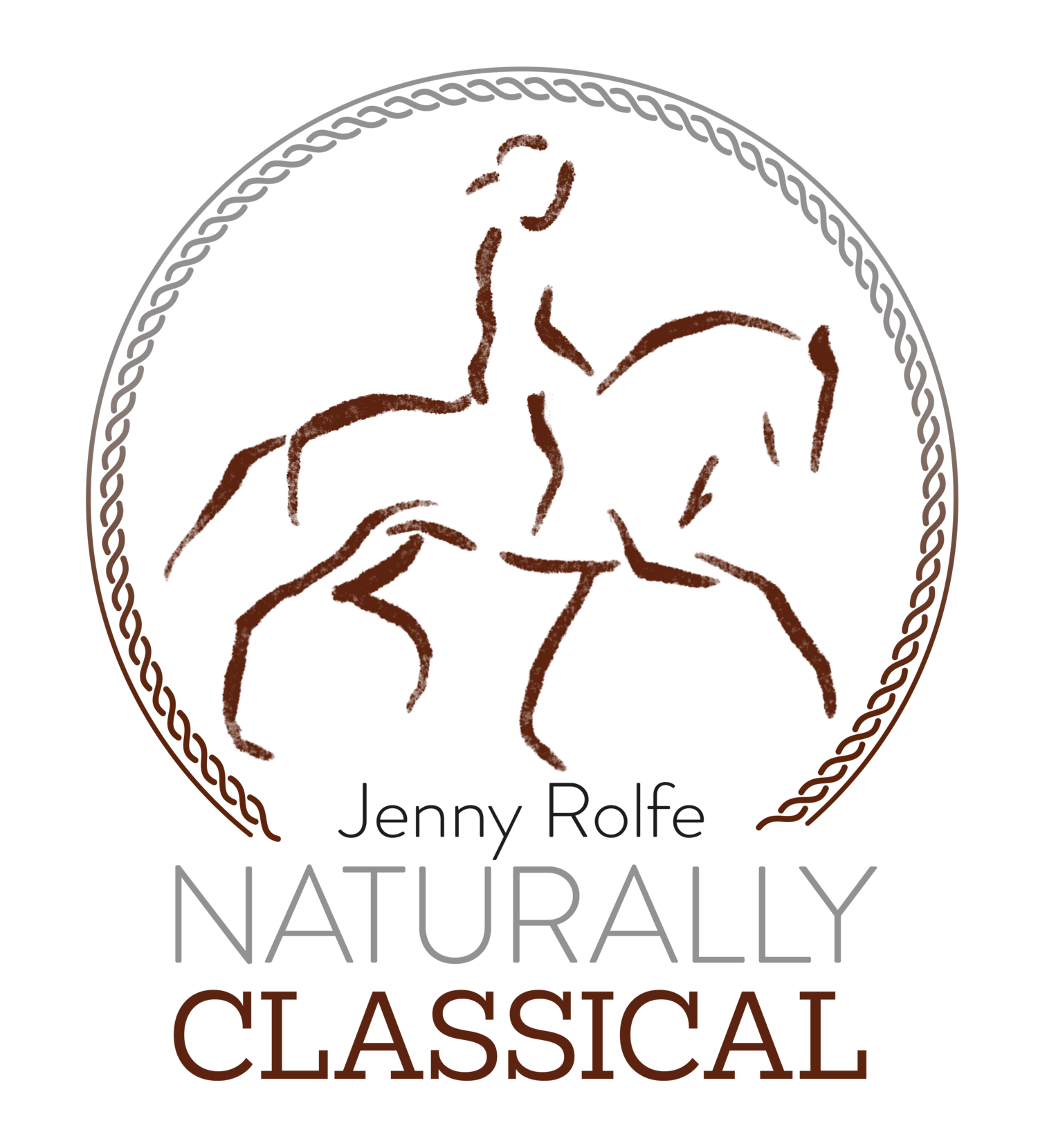BREATHE LIFE INTO YOUR RIDING
Core breathing - the foundation for posture, balance and co-ordination
When the horse learns to work with deeper rhythmic core-breathing he can maintain better posture which will help to maintain both the spine and the central nervous system. This system is responsible for co-ordination balance and movement. When we sit on the back of the horse, an obvious and subtle connection is made between our core and his highly sensitive spine which houses his central nervous system.
Meridians run through the body, carrying electrical charges that move energy from one point to another. This is the subtly of the central nervous system. Tension can create a blockage that restricts the natural flow. If we can communicate with the horse with respect and sensitivity, we can tune into this subtle energy.
When we create strength and pressure with our legs against the rib cage of the horse, this will tighten the motion of the rib cage as the horse naturally shrinks away from discomfort. This will have an impact on the freedom of movement within the whole body of the horse.
A human athlete will perform more effectively wearing loose clothing so the fluidity of movement is not inhibited. He would be restricted if he was subjected to a bar in his mouth or gadgets pulling or pushing his body and asked to perform like a puppet. All athletes are working towards a fit and healthy body which allows energy to flow without restriction.
When the horse is tense his head and neck will be held high and tight which will impede the flow of movement through the spine. Injury and pain will be the consequence of a training programme that does not allow adequate time for the horse to learn to carry himself and his rider within a naturally balanced frame. It takes time and patience to build a foundation of good muscles and ligaments to sustain the equine athlete as he progresses through his training.
When we place a tight leather band around the jaw of the horse, we restrict mobility through his head, poll, neck and spine. The relaxed horse should be able to chomp gently through a relaxed jaw. A tight leather strap clamps the jaw together and of course, the mouth will be tightly shut. The art of training is to ride without these restrictions so if the horse has his mouth open, we can address the cause. It could be the stress of the moment or the hands of the rider which are too heavy. Either way, if we are training horses we need to be aware of how he is feeling and not look for ways to mask his natural responses.
When I first rode Habil, my Lusitano stallion, he would noisily clench his teeth on the bit which was very unsettling. I used a French link snaffle bit and just a snaffle noseband so if he was restless and unhappy with the bit in his mouth, it was manifested for all to see. After many months together he rarely now shows this type of stress and if I feel his tension levels rising, I can stop and take a deep sigh which he will immediately mirror. He then relaxes in his mind hence his jaw relaxes and we can continue with good energy and less anxiety.

